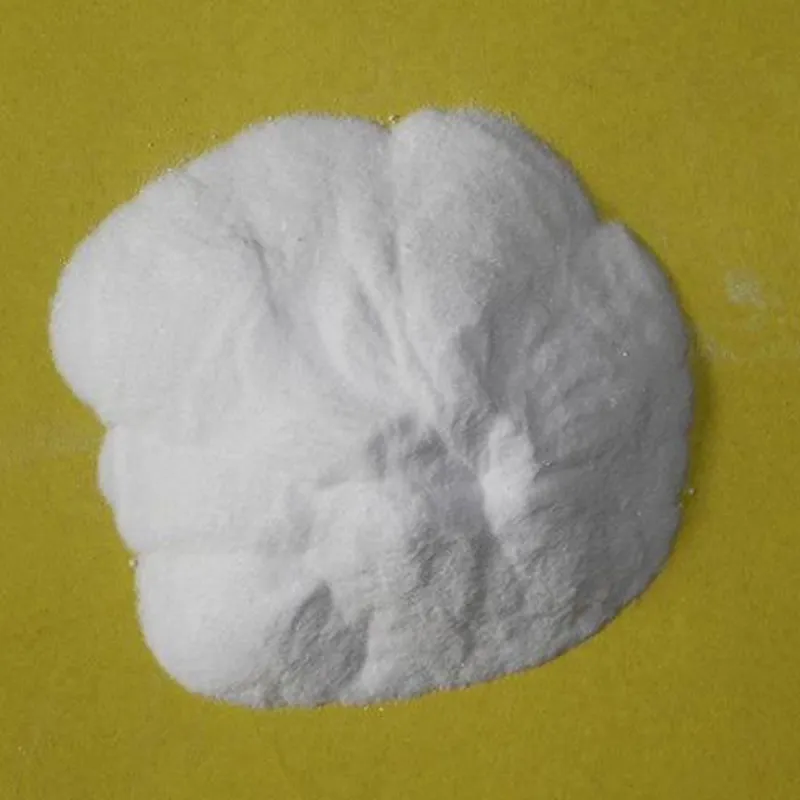
Understanding Acidity Regulators 330 and 331 in Food Processing and Preservation
Understanding Acidity Regulators E330 and E331
Acidity regulators are essential food additives that help maintain the desired level of acidity in various food products. Among these, E330 and E331 are two widely used acidity regulators that serve different purposes in food processing and preservation. This article explores the characteristics, uses, and safety considerations of these two additives.
What are E330 and E331?
E330, also known as citric acid, is a natural organic acid found in citrus fruits such as lemons and limes. It is a versatile ingredient in the food industry, primarily used to enhance flavor, preserve freshness, and stabilize pH levels. Citric acid is also a popular preservative, preventing the growth of bacteria and mold in food products.
E331, on the other hand, refers to sodium citrate, which is the sodium salt of citric acid. Sodium citrate comes in various forms, including monosodium citrate (E331(i)), disodium citrate (E331(ii)), and trisodium citrate (E331(iii)). Each variant has different applications, but all serve to regulate acidity and enhance the overall quality of food items.
Uses in Food Processing
Both E330 and E331 play crucial roles in the food industry. E330 is commonly used in soft drinks, candies, and sauces to provide a sour taste that balances sweetness. It is also used in dairy products like cheese, where it helps in controlling acidity during the cheese-making process, leading to improved texture and flavor.
acidity regulator 330 331

E331, with its ability to act as an emulsifier, is often added to processed foods like puddings, jams, and dressings to improve consistency. It also enhances the solubility of flavors and nutrients, making it a valuable ingredient in products that require uniformity in taste and texture.
Moreover, both additives are frequently used in the production of pharmaceuticals and cosmetics. Citric acid can enhance the stability and shelf life of various products, while sodium citrate is often utilized in medical formulations and intravenous solutions.
Safety and Regulatory Status
E330 and E331 are generally recognized as safe (GRAS) by food safety authorities, including the European Food Safety Authority (EFSA) and the U.S. Food and Drug Administration (FDA). Studies have indicated that citric acid and its salts are not associated with any significant health risks when consumed at recommended levels.
However, as with any food additive, excessive consumption may lead to side effects. Citric acid can sometimes cause irritation in the mouth or gastrointestinal tract, particularly in individuals with sensitivities. Sodium citrate, while safe in normal amounts, can lead to an electrolyte imbalance if consumed excessively.
Conclusion
In summary, E330 (citric acid) and E331 (sodium citrate) are vital acidity regulators that enhance food flavor, improve preservation, and maintain the stability of various food products. Their safety and versatility make them indispensable in both the food and pharmaceutical industries. As consumers, it is important to be aware of the additives present in our food, but understanding the benefits and roles of products like E330 and E331 can help us appreciate the complexity and safety of modern food processing. Always refer to food labels and credible sources for information regarding additives to make informed choices about the food we consume.
-
Understanding Synthetic Rubber OptionsNewsApr.27,2025
-
Trichloroisocyanuric Acid: Essential for Clean and Safe WaterNewsApr.27,2025
-
Sodium Dichloroisocyanurate: Key to Safe Water TreatmentNewsApr.27,2025
-
Sodium Acid Pyrophosphate: Essential in Modern Food ProcessingNewsApr.27,2025
-
Essential Water Treatment ChemicalsNewsApr.27,2025
-
Denatured Alcohol and Its Industrial UsesNewsApr.27,2025
-
The Versatile Uses of Sodium BicarbonateNewsApr.24,2025
Hebei Tenger Chemical Technology Co., Ltd. focuses on the chemical industry and is committed to the export service of chemical raw materials.
-

view more DiethanolisopropanolamineIn the ever-growing field of chemical solutions, diethanolisopropanolamine (DEIPA) stands out as a versatile and important compound. Due to its unique chemical structure and properties, DEIPA is of interest to various industries including construction, personal care, and agriculture. -

view more TriisopropanolamineTriisopropanolamine (TIPA) alkanol amine substance, is a kind of alcohol amine compound with amino and alcohol hydroxyl, and because of its molecules contains both amino and hydroxyl. -

view more Tetramethyl Thiuram DisulfideTetramethyl thiuram disulfide, also known as TMTD, is a white to light-yellow powder with a distinct sulfur-like odor. It is soluble in organic solvents such as benzene, acetone, and ethyl acetate, making it highly versatile for use in different formulations. TMTD is known for its excellent vulcanization acceleration properties, which makes it a key ingredient in the production of rubber products. Additionally, it acts as an effective fungicide and bactericide, making it valuable in agricultural applications. Its high purity and stability ensure consistent performance, making it a preferred choice for manufacturers across various industries.











